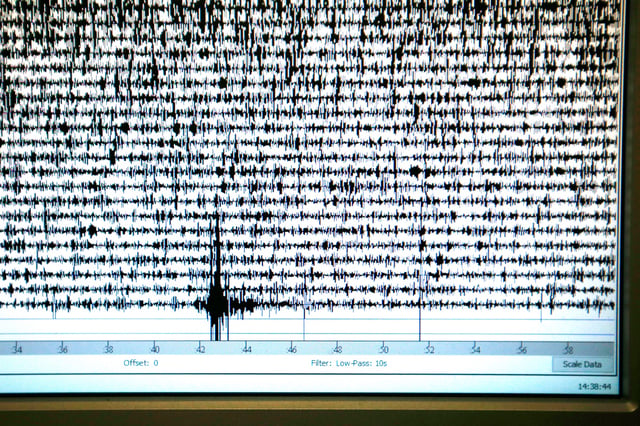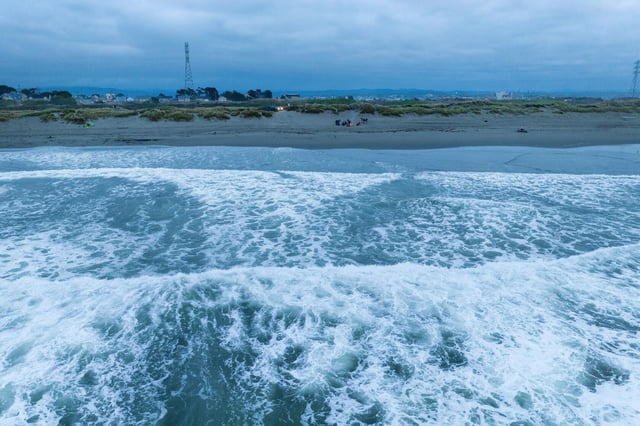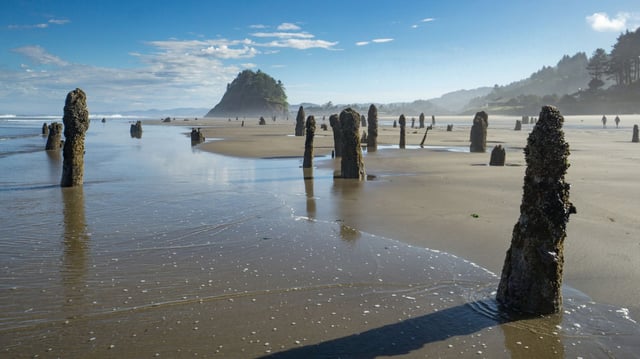Overview
- A study published on April 28, 2025, in PNAS warns that a Cascadia subduction zone earthquake could cause sudden coastal subsidence of up to 6.6 feet.
- The resulting land sinking would expand floodplains by approximately 116 square miles, exposing over 22,000 residents, 36,000 structures, and 1,200 miles of roads to flooding.
- Unlike gradual sea-level rise, this subsidence would occur within minutes, leaving no time for adaptation and causing long-term impacts lasting decades to centuries.
- Historical records, including the 1700 Cascadia earthquake, show similar subsidence effects, with entire villages abandoned and coastal forests submerged.
- Experts urge policymakers to update hazard assessments, building codes, and emergency preparedness plans to account for earthquake-driven subsidence alongside climate-driven sea-level rise.



